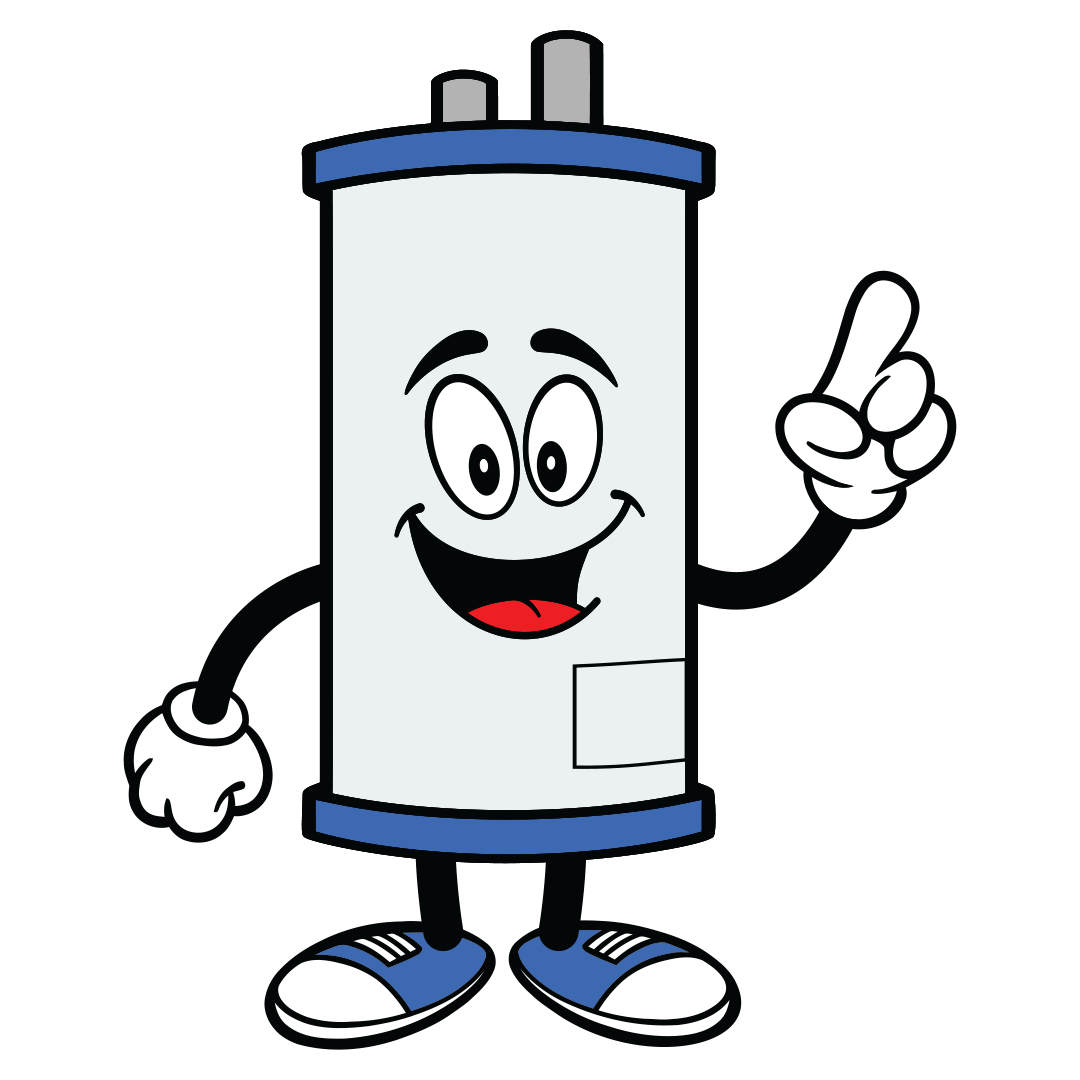Water heaters are by far one of the most important components of your home plumbing system. It is responsible for producing all of the hot water that is subsequently routed through your home plumbing system to all of the appliances in your home that use hot water—including sinks, showers, dishwashers, washing machines, etc. Without a functioning water heater, you would be unable to take hot showers, wash your clothes or dishes in hot water, etc. etc.
Although it shouldn’t happen very often, your water heating system can malfunction unexpectedly. There are several problems that can cause your water heater to stop functioning normally. This guide addresses some of the most common malfunctions and explains the most likely root cause(s) of these malfunctions and how to repair them yourself if possible.
Keep in mind that, before you attempt to inspect or repair your malfunctioning system, it is important to cut off its gas supply (for gas water heaters) or turn off its power (for electric water heaters) before attempting to inspect or repair it. This simple first step ensures your safety while inspecting your water heating unit and prevents any water damage resulting from the malfunction from worsening while you try to diagnose and potentially repair the problem.
Is Your Water Heater Producing Little or No Hot Water?
The most obvious and common malfunction occurs when your water heater begins to produce much less hot water than normal or even stops producing any hot water at all.
If your water heater is producing little or no hot water, there are multiple possible causes for this problem. For gas systems, the problem likely stems from a malfunctioning pilot, thermocouple, or gas control valve. For electric water heaters, a malfunctioning thermostat or electrical heating elements are two likely culprits.
Figuring out which part of your water heating system is causing the problem and repairing it can be tricky and requires specific tools and skills. Call a professional plumber to accurately inspect and repair your system if it stops or slows its hot water production.
Does Your Hot Water Look or Smell Off?
If the hot water that comes out of the faucets in your home is discolored or smells like sewage or metal, that’s a good sign that there is a build-up of bacteria or rust in your water heater. Over time, sediment and bacteria can build up inside of your water heater and contaminate the water that flows through it.
Fixing this problem is sometimes as easy as installing a water softener or a water filtration system in your home to remove rust and bacteria from your hot water. If you notice signs of bacteria in your hot water, your thermostat might be set too low to effectively prevent bacterial growth. Adjust the thermostat up to between 120 and 140 degrees F and see if the problem resolves itself.
In more severe cases of build-up in your water heater, removing and cleaning some parts and pieces of the water heater might be required to solve the problem. In this case, call a trusted plumber in your area to handle this more invasive repair.
Is Your Water Heater Leaking?
If you notice water leaking from your water heating system, cut off the gas or power to your system and call a plumber ASAP.
A leak can cause severe water damage in your home and often requires a complex inspection and repair that are best handled by a professional plumber with the tools and skills to get the job done right the first time.

Check Your Water Heater Today!
Do You Hear Odd Noises Coming from Your Water Heater?
Hearing groaning or clicking noises from your water heater can be a sign of sediment build-up in the bottom of your water heater’s storage tank. Installing a water softener or water filtration system in your home is an easy way to help prevent excessive sediment from building up in your water heater in the future.
Flushing your system can help remove existing sediment build-up and restore your system to its normal, quiet functionality. The process of flushing your water heater’s storage tank is actually quite simple. All you have to do is empty the storage tank, fill it again halfway, and then empty that water through the water heater’s drain valve. You may need to repeat this process a few times to remove all sediment build-up inside the water heater’s storage tank.
Being aware of how to diagnose and fix the most common problems can save you a lot of money, time, and stress in the case that the gas or electric water heater in your home malfunctions unexpectedly.
While the information in this guide can help you figure out what is wrong with your water heater and potentially repair the problem, it is important to defer to a professional plumber when it comes to thoroughly inspecting your water heater and performing any invasive permanent repairs that may be necessary.


